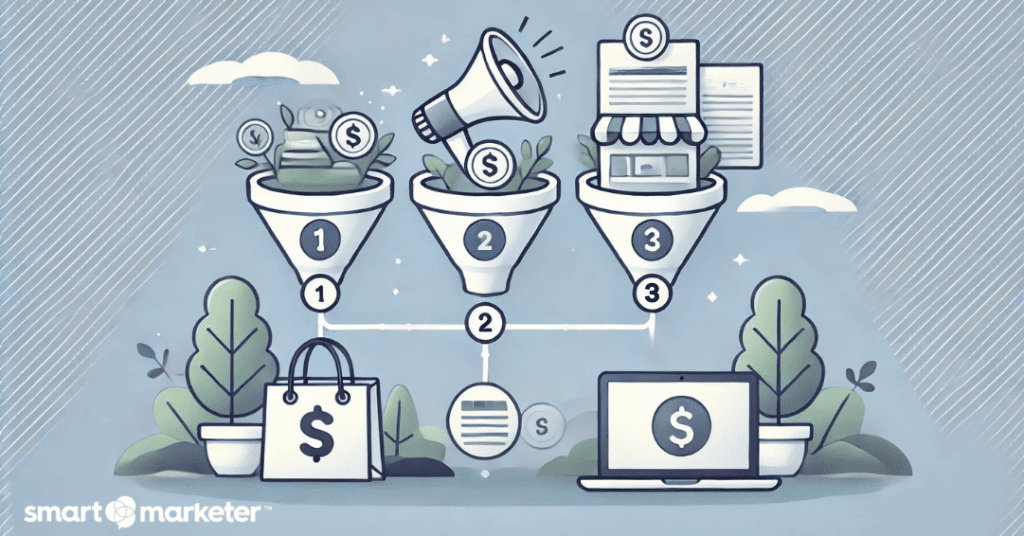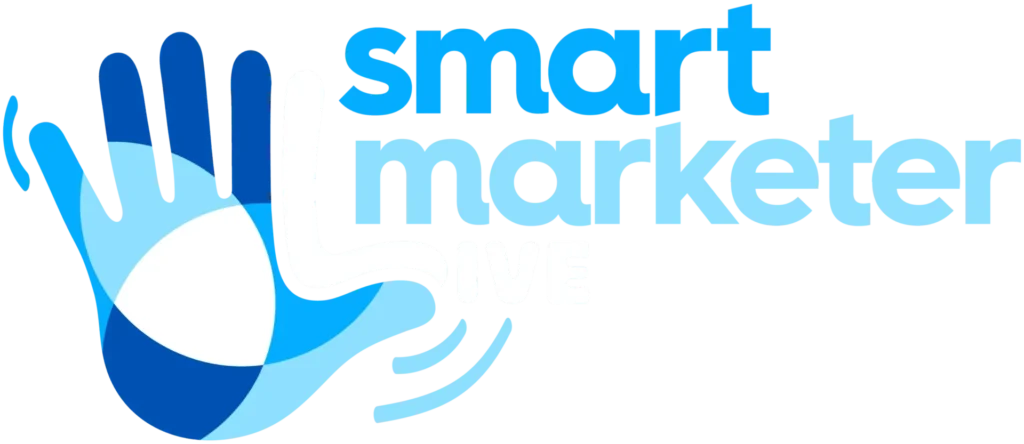
Offers.
They’re critical to your success as a marketer or business owner.
And when you’re growing a brand with paid ads, increasing the quantity and variety of your offers will help unlock new audiences, avoid customer fatigue, and boost key metrics like lifetime value (CLV) and average order value (AOV).
So to help you do that, in this post I’m giving you the Ecommerce Evergreen Offer System we developed for our agency clients.
(It works great for non-ecom brands too, by the way.)
This system covers the 3 levels of evergreen offers — i.e., not limited-time promotions — that we recommend for growing businesses, in order of complexity.
This article will help you:
- Add offer diversity throughout the funnel to convert more buyers
- Increase CLV and AOV so you can spend more to acquire a customer
- And set up your offer structure for profitability and scale
Let’s get started!
Level 1: Getting Started
First, keep in mind that your “offer” isn’t your “product.” Your offer is where you’re sending your traffic — it’s a combination of the product, the deal (price, shipping, other benefits), and the framing.
Okay, glad that’s out of the way.
Now, if you’re only spending a little money on paid ads, Level 1 is for you. If you’ve already been at this a while and have several offers, you may want to skip to Level 2.
In Level 1, your main goal isn’t to scale up to the moon—at least not yet. First, you want proof of concept that your offers have legs, and start gathering data on your avatar and what sort of ads they respond to.
Most of your traffic should go directly to your hero product page, where your goal is to maximize conversions and average order value (AOV) through post-purchase upsells.
The only other offers you might set up is content amplification to warm traffic, and some simple retargeting. You might retarget everybody who doesn’t buy with a discount for the hero product or with another product (if you have one).
At this point, you really don’t need much offer diversity. You should focus on optimizing the offer(s) you have.
Level 2: Scaling Up
So you’ve grown beyond Level 1. Maybe you have 3–5 offers that are working, and you have a lot more options at your disposal.
Level 2 is where things really start to get fun.
Here, we still run traffic to the hero product page. But now, inside our ad platform, we also have message-specific campaigns for our hero product that frame the product around specific pain points or avatars.
We also start to add new offers top-of-funnel, like:
- Pre-sell articles that discuss a problem that your audience resonates with, then introduces your product as the solution.
- Standalone sales pages (like an old-school sales page you would use to sell an info product) to educate prospects who might not be ready to buy.
- Additional front-end products, which are a great way to convert customers who haven’t responded to your initial hero offer.
Level 3: Entering the “Hybrid Business Model”
At Level 3, you’re probably spending at least $300,000/month and working with a lot of different offers. At this point, we believe brands should stop categorizing themselves strictly as “ecom” or “info”.
Instead, they should embrace what we call the “Hybrid Business Model.”
Our agency clients who are seeing the most success are the ones who are embracing all offer types—especially those who have added info products alongside their physical products.
This could include both free resources (like downloadable guides) and low-ticket products (like ebooks or paid memberships).
Why are brands using this strategy? Because of…
- High margins: This strategy dramatically changes the economics of your business. High-margin info products help you increase AOV and CLV without the cost and complexity of developing more physical inventory.
- More offer diversity: By introducing low-ticket info products or free resources, you can tap into segments of your market that aren’t ready to purchase your physical products.
Now let’s look at how we’ve altered our Offer System to include these info-style products.
As you can see, we’ve divided our Offer System into 3 traffic temperatures:
- 5–7 offers to cold traffic
- 4–7 offers to warm traffic
- And 2–3 offers to hot traffic
You can think of those 3 buckets as our top-of-funnel (TOFU), middle-of-funnel (MOFU), and bottom-of-funnel (BOFU) campaigns.
Top-of-funnel Offers
At the top of the funnel, we’re targeting cold traffic—people who’ve never interacted with us before but match our target customer profile. These campaigns typically have the lowest ROAS but the highest reach, which makes them critical for filling the funnel.
This is where info-style products shine. In addition to the TOFU offers from Level 1 and Level 2, we’re also including:
- Lead magnets (free downloadable tools, checklists, or guides)
- Low-ticket info products (courses, printables, templates)
- More pre-sell articles
- Category discount pages
These help us attract a broader slice of the market, including people not ready to buy a physical product but interested in solving the same problem.
Middle-of-Funnel Offers
Here, we’re nurturing warm audiences—people who have clicked, watched, or opted in.
This is where hybrid offers help us diversify our approach and drive deeper engagement. We mix physical and info-style offers to meet people where they are:
- Pre-sell articles focused on specific pain points
- Free resources or trials for memberships
- Low-ticket digital products bundled with physical products
- Lead magnet follow-ups and deeper value content
These offers move people closer to converting while increasing perceived value and brand trust.
Bottom-of-Funnel Offers
Hot traffic includes past buyers and highly engaged leads. These are our most valuable users, so we tailor offers that drive reorders, upgrades, and cross-sells.
Here’s what we’re doing:
- Reorder campaigns for consumables or limited-stock items
- New product drops (product line expansion is crucial for scale)
- Nurture-focused offers to chat with a team member (huge in SaaS)
Because ROAS is highest here, even a small bump in AOV can unlock big growth—and those info add-ons make it easy to increase value without increasing costs.
We’re also doing content amplification for all audience segments to increase engagement, build credibility, and pull people down the funnel.
* * * * *
And that’s the Ecommerce Evergreen Offer System in a nutshell.
We hope to release another post where we talk more about how much spend we allocate for each audience, but this should help you get started.
Lastly, remember this Offer System will look different for every business. Just use this post like a jigsaw puzzle box to see what the finished product could look like as you build out your own offers.
Alrighty, thanks for reading!




